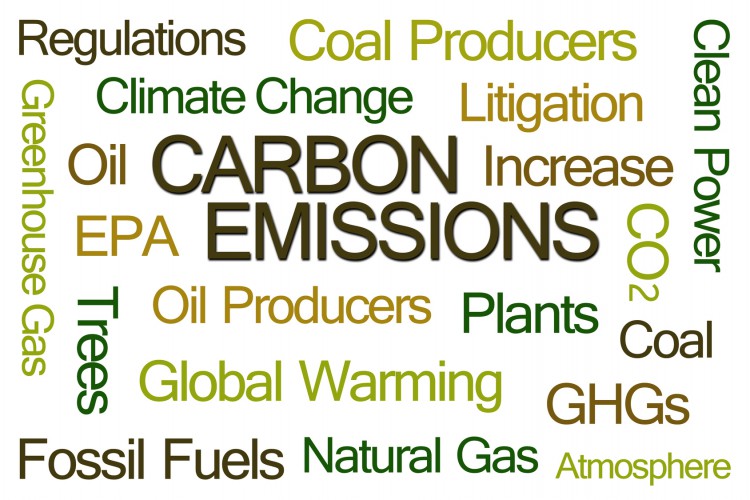Ontario's Cap and Trade: Some Early Impact Estimates

Duncan Rotherham of ICF International delivered a presentation at the Ontario Energy Association (OEA) breakfast on February 18, 2016. He made a number of predictions about the ability of Ontario's pending Cap and Trade regime to achieve the 2020 and 2030 carbon reduction targets. He also provided cost estimates to typical homes and small businesses which can be expected over the next 15 years. A copy of Mr. Rotherham's presentation is available through the OEA website.
The presentation noted that Ontario's electricity sector is not a significant contributor to carbon emissions with the closure of its coal-fired generating stations. While natural gas generation accounts for about 15 percent of the province's electrical supply, it is the use of natural gas for other purposes (heating and commercial and industrial use) and transportation fuels which are the largest contributors.
Mr. Rotherham noted that Ontario's nuclear fleet will see units retired or undergo lengthy refurbishments. This will increase reliance on natural gas generation. Given this, even with currently planned emissions reduction initiatives in key sectors, a sizeable gap of between 8 and 10 Mt CO2e and 25-30 Mt CO2e will exist in 2020 and 2030, respectively, relative to the province's targets. Mr. Rotherham noted that we are unlikely to see a significant increase in the price of carbon until the allowance surpluses which exist in California turn into a deficit position around 2025/2026. His view is that with Ontario participating, it will only accelerate the pending deficit by about one year. It is estimated that by 2030, the price per tonne CO2e may be approximately $95 versus a forecast of $18 in 2017/2018. The near-term rates would add incremental costs to heat the typical residential home of $85 per year and another $80 per year to operate a motor vehicle. Those costs are similar to the estimate provided by Premier Wynne on February 24, 2016. These costs rise to $450 and $405 per year, respectively, in 2030. For small manufacturers, the costs are estimated at $170,000 in 2017/2018, and $900,000 per year in 2030, assuming no free allocation to small manufacturers.
From the perspective of the gas utilities, given the customer base of each, it is to be expected that revenues will reach into the hundreds of millions per year, even at the $18 per tonne rate. One view expressed is that these revenues will need to be used to support the new infrastructure that will be required to meet the GHG targets. That appears to be what the Government of Ontario is seeking to accomplish through the "Green Investment Fund," which we described in a previous post, and the Greenhouse Gas Reduction Account which is included as part of the newly tabled "Climate Change Mitigation and Low-carbon Economy Act, 2016." According to Mr. Rotherham, simply requiring consumers to pay the price of CO2 will not be sufficient to cause the structural and behavioural changes required.
